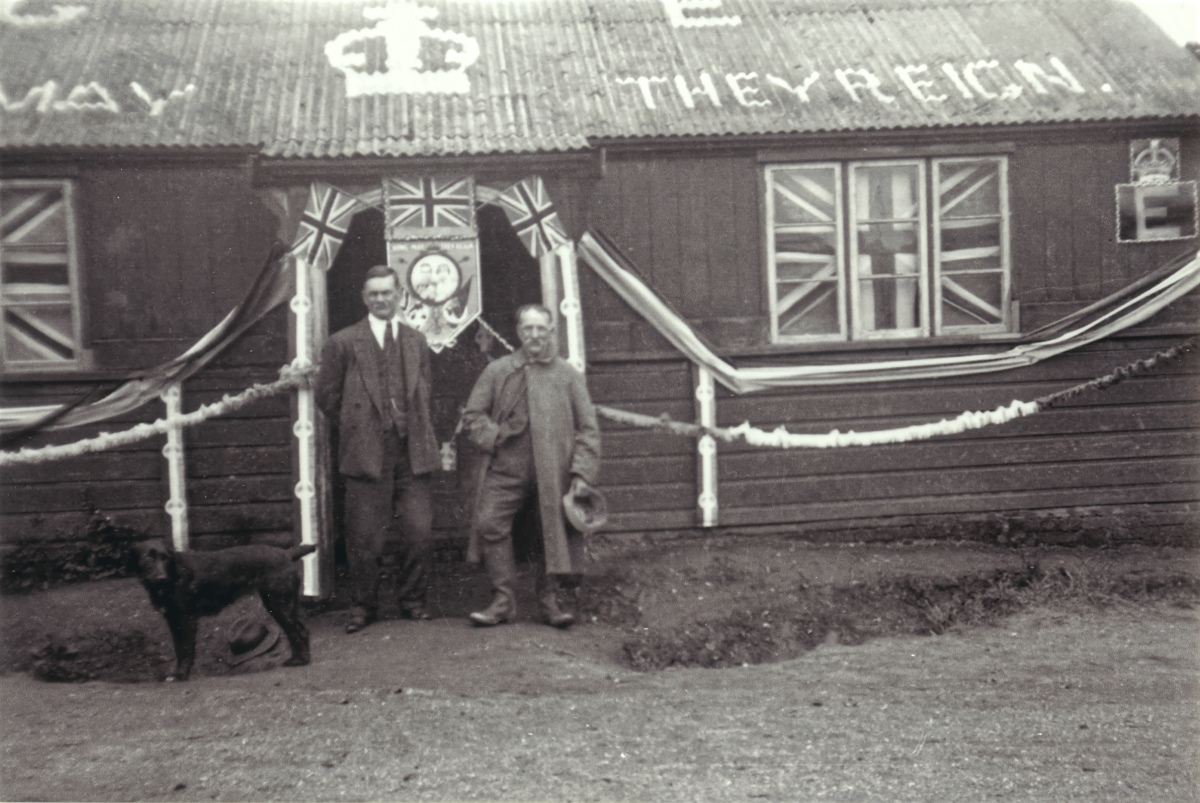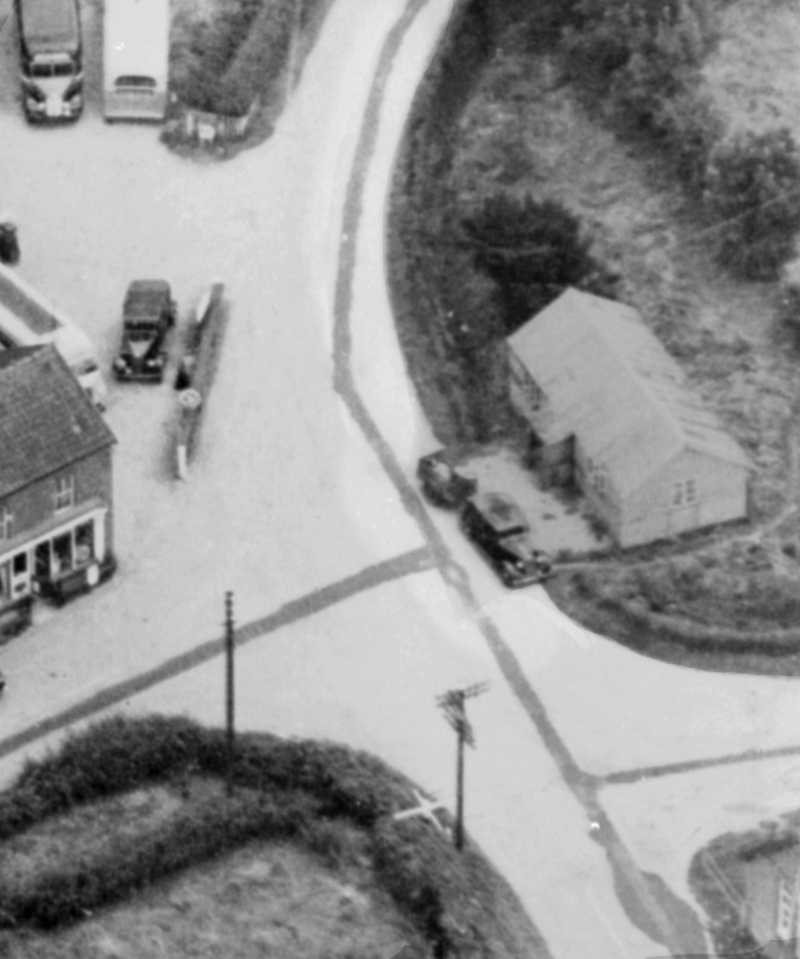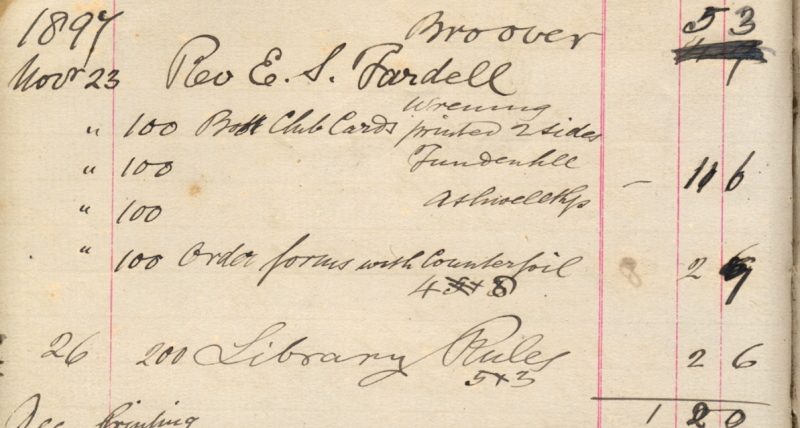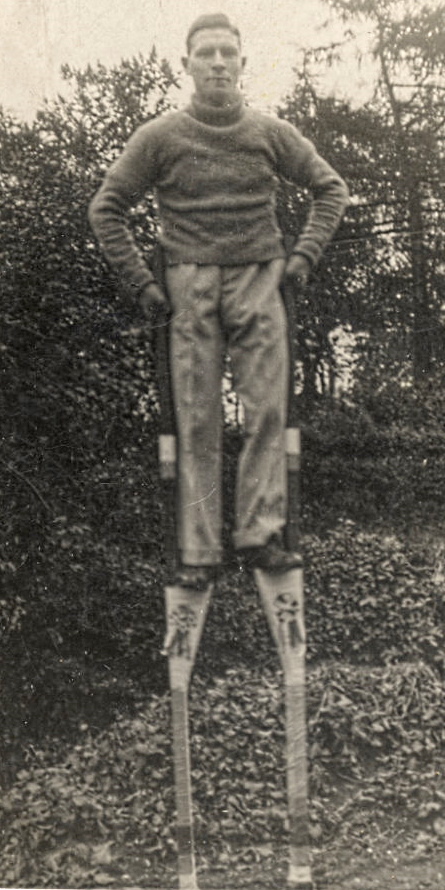
The Reading Room is understood to have been established by Miss Mary Upcher, the younger daughter of the Rev A W Upcher. It doesn’t appear on the 1882 25 inch to the mile OS map of the village so it must have been constructed between then and the mid 1890s.
Reading Rooms were established nationally in the Victorian period. Often, funded by subscription, they were intended to improve literacy across the population. A modern publication suggests there were about 160 constructed across Norfolk. There were more, nationally.
It is believed that Reading Rooms were considered a direct alternative to the public house – providing alcohol-free recreation!
In Wreningham, the Reading Room came under the control of the rector.

Wreningham’s Reading Room site had originally been farmland. In the early 1800s the land belonged to Charles Elden, a farmer in Toprow.
The Rev Fardell appears to have funded a library system for the Reading Room. He has paid R D Day to print 100 Book Club cards for each of Wreningham, Fundenhall and Ashwellthorpe plus 200 sets of “Library Rules” and 100 “Order Forms with Counterfoil”.
In January 1902, R D Day provided 3 blinds, rollers and fittings for 19s.
A 1903 page in R D Day’s ledger names Frederick Bell as “Secretary of the Club Room”.
In 1903, R D Day was also engaged to provide 18 feet of rail and 10 poles and use it to construct fencing in front of the Reading Room. The addition of a “latch and keeper” (a gate, perhaps?) brought the total bill to 10s 6d.

A Reading Room Story
Carrying out unusual activities to raise money for good causes is not a modern phenomenon. Here is village resident, Frederick Chamberlain, raising money for the Reading Room by walking around the village on stilts during the 1930s.
During WW2, the Reading Room was Headquarters for the village’s Home Guard unit and the village’s first-aid centre.
The Reading Room building eventually fell into disrepair and was demolished in 1966. Whilst the Reading Room had always been the responsibility of the rector, the area of land on which it was built was taken over by the Parish Council in 1970.
Old habits die hard. Hence, the grassy plot of land once occupied by its wooden structure is still known as “The Reading Room”.

